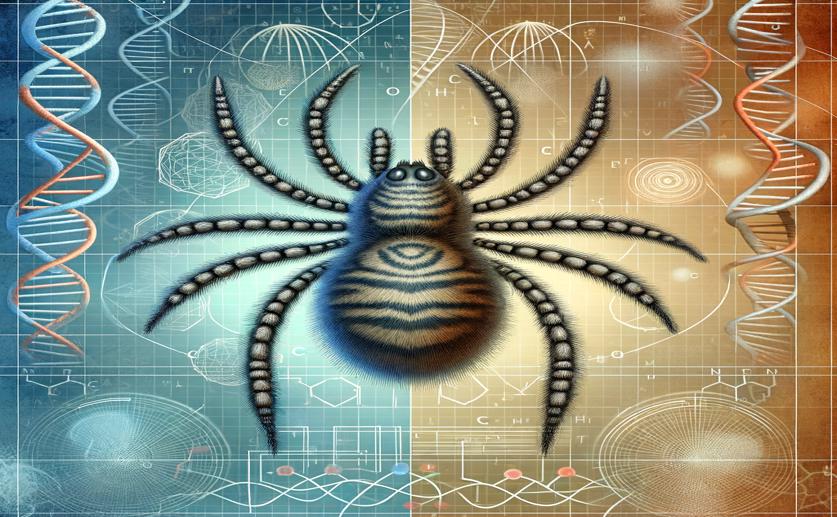
High-Quality Spider Mite Genome Mapped Out
Jim Crocker
8th April, 2024

Image Source: Natural Science News, 2024
Key Findings
- Researchers at Nanjing Agricultural University decoded the genome of the Tetranychus piercei spider mite
- The genome is 86.02 Mb with 14.16% repetitive elements, aiding in understanding pest resilience
- The study identified 11,881 protein-coding genes, offering insights into the mite's heat tolerance and pesticide resistance
References
Main Study
1) A chromosome-level genome assembly of the spider mite Tetranychus piercei McGregor.
Published 5th April, 2024
https://doi.org/10.1038/s41597-024-03189-0
Related Studies
2) Long-Term Population Studies Uncover the Genome Structure and Genetic Basis of Xenobiotic and Host Plant Adaptation in the Herbivore Tetranychus urticae.
3) A link between host plant adaptation and pesticide resistance in the polyphagous spider mite Tetranychus urticae.
4) Phylogenetic-Related Divergence in Perceiving Suitable Host Plants among Five Spider Mites Species (Acari: Tetranychidae).
5) Development and reproduction of five Tetranychus species (Acari: Tetranychidae): Do they all have the potential to become major pests?



 11th March, 2024 | Jim Crocker
11th March, 2024 | Jim Crocker